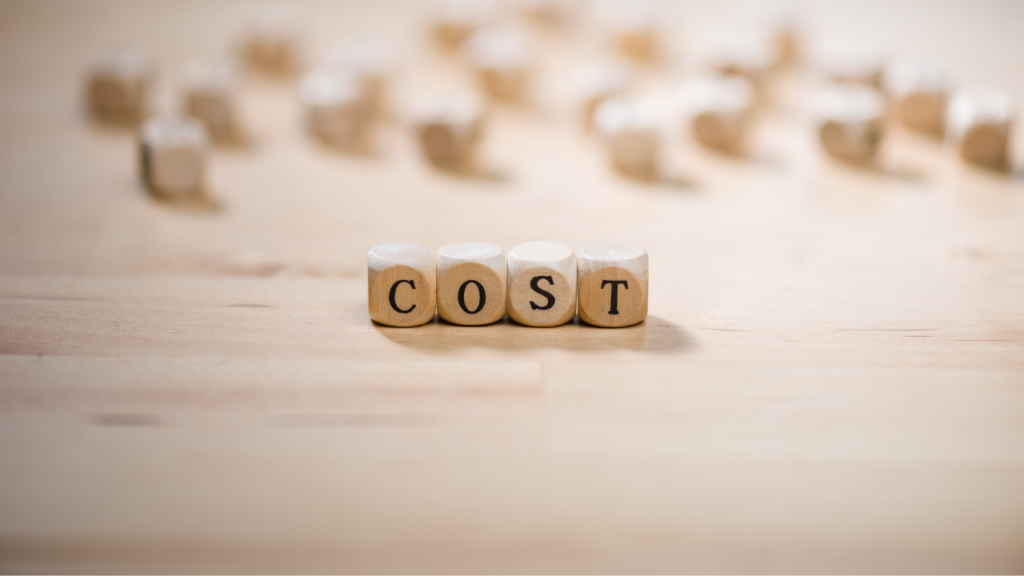
During a recession, it’s essential to optimize your costs to maintain profitability. This involves identifying areas where you can reduce costs without affecting your product or service quality. By optimizing your costs, you can weather the storm during a recession and position yourself for long-term success.
Here are some reasons why focusing on cost optimization during a recession can be advantageous:
- Maintain Profitability
During a recession, consumer spending habits may change, and revenue streams may be affected. By optimizing your costs, you can maintain profitability and weather the storm during a recession. This can help you position yourself for long-term success and emerge stronger when the economy rebounds. - Identify Inefficiencies
Focusing on cost optimization can help you identify inefficiencies in your operations and processes. Streamlining your operations and reducing waste can improve your efficiency and reduce your costs. This can help you maximize your profitability and position yourself for long-term success. - Improve Customer Experience
Cost optimization can also help you improve the customer experience. You can offer competitive pricing and improve your product or service quality by reducing your costs. This can help you retain and attract new customers, positioning yourself for long-term success. - Increase Competitiveness
During a recession, some businesses may struggle or go out of business. You can increase your competitiveness and gain market share by focusing on cost optimization. This can help you position yourself as a leader in your industry and emerge stronger when the economy rebounds.
When focusing on cost optimization during a recession, keeping a few things in mind is essential. Here are some tips to help you optimize costs successfully:
- Conduct a Cost Analysis
Before optimizing your costs, conducting a cost analysis is essential to identify areas where you can reduce costs without affecting your product or service quality. This involves analyzing your operations, processes, and supply chain to identify inefficiencies. You can leverage cost analysis tools or work with a consultant to conduct this analysis. - Prioritize Cost Reduction Efforts
When optimizing your costs, it’s essential to prioritize your efforts. This involves identifying areas where you can achieve the most significant cost savings and focusing your efforts on these areas. For example, prioritizing cost reduction efforts in your supply chain can help you achieve significant cost savings if you’re a manufacturing company. - Communicate with Your Team
When optimizing your costs, it’s essential to communicate with your team to ensure that everyone is on board. This involves explaining the rationale behind your cost-reduction efforts and involving your team in the process. By fostering a culture of cost optimization, you can improve your efficiency and reduce your costs over the long term. - Leverage Technology
When optimizing your costs, it’s essential to leverage technology to improve your efficiency. This involves identifying areas where technology can streamline operations and reduce costs. For example, leveraging inventory management software can help you reduce waste and improve efficiency if you’re a retail store.
Focusing on cost optimization during a recession can be advantageous for your business. It can help you maintain profitability, identify inefficiencies, improve the customer experience, and increase competitiveness. However, conducting a cost analysis is essential, prioritizing your cost reduction efforts, communicating with your team, and leveraging technology to optimize costs successfully. Adopting these strategies allows you to position your business for long-term success and emerge stronger from a recession.
